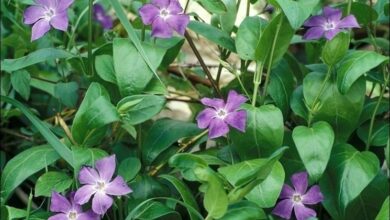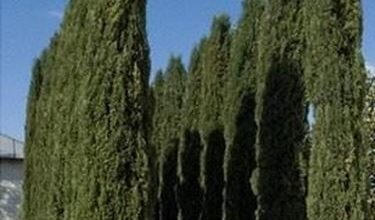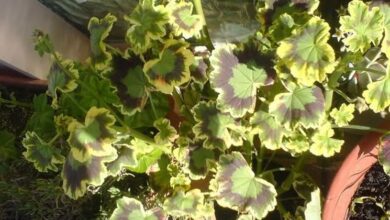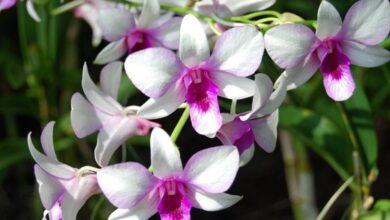Ficus carica
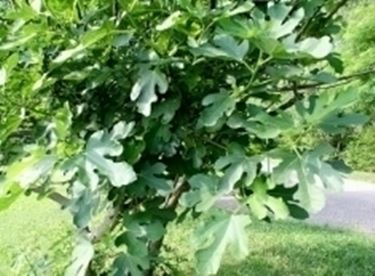
Introduction

Features
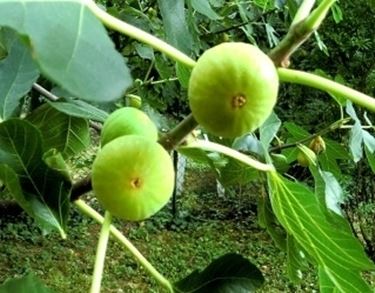
Ficus carica is a small xerophilic tree (it grows in saline soils), native to Asia and widespread in Mediterranean countries or in temperate climates. Known since ancient times, the ficus carica bears the name of the remote region that gave it its birth, namely Caria, located in Asia Minor. Traces of this plant are also found between the civilizations of ancient Egypt and Mesopotamia. Today the ficus carica, also called common fig, is the most cultivated plant in the regions of Southern Italy, such as Calabria and Sicily, although Turkey is also one of the major growers of particular varieties. The plant has a very low trunk compared to the average of other trees, a trunk that can reach five, maximum ten meters in height. The stem is gnarled and branchy, with an ash-gray bark, while the leaves are large, with five lobes at the outer edges, dark colored in the upper part and covered with a thin down in the lower part. The part of the fig commonly known as fruit is actually a juicy container, called sycon, which contains many tiny fruits, called achenes, and filamentous inflorescences that can be fertilized by parthenocarpic fertilization (self-pollination) or by a particular insect, a hymenoptera called Blastophaga psene, a very small wasp, maximum two millimeters, also called a pollinating insect. Most of the best known varieties derive from the reproductive cycle of ficus carica. The fresh buds of the ficus carica have beneficial effects on gastritis, while the leaves collected in summer and dried, have anti-inflammatory properties. Fresh fruits, on the other hand, have a laxative effect.
Variety
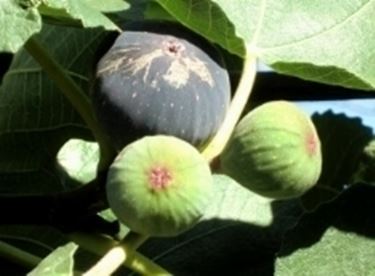
The ficus carica presents varieties with male and female inflorescences. The former are called ficus caprifico or wild, while the latter, domestic fig, true or ficus carica sativa. The caprific fig produces inedible, non-toxic fruits, but still with an acrid taste that makes them inedible, while the fig tree produces juicy, sweet and edible fruits. The honeysuckle undergoes pollination by the wasp, while the edible or domestic fig can reproduce by parthenocarpy (self-pollination) or by the pollinating insect (caprification). The parthenocarpic varieties produce seedless fruit. Depending on the ripening period and the variety, figs or syconia are distinguished with green, reddish or purplish skin. Within the edible varieties there are also permanent and deciduous fruits. The former remain on the plant even in the absence of fertilization, while the latter, if not fertilized, detach and fall to the ground even before reaching maturity. The most renowned and valuable varieties of ficus carica are deciduous, that is, they lose their fruit in the event of non-fertilization. There are deciduous varieties that may not even be caprified (fertilized). These have figs with very thick skin and the driest pulp. Their cultivation is aimed at the production of fruits to be used for drying. The edible species of ficus carica can produce several fruits throughout the year. On the basis of the number of fruiting, single fruit varieties can be distinguished (only one fruit per year, in summer), biferae (two fruits a year, fioroni in early summer and figs in late summer) and trifere (three fruits a year). The triple fruiting varieties are not very common. The single-bearing ones cannot be subjected to caprification, while the double-bearing ones allow the double possibility of fertilization or non-fertilization. Among the most famous unifera we remember the verdino, the meloncello and the negretta, while among the biferae we mention the Neapolitan and the Piombinese (caprificable) and the octane (not caprificable).
Which varieties to grow
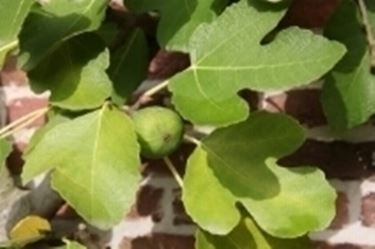
In vegetable gardens and gardens, the ficus carica sativa or domestic is mainly grown. Permanent varieties are often preferred, the fruits of which remain on the tree even in the absence of fertilization, other times it is preferred to cultivate deciduous varieties which, following fertilization, give sweet, juicy and immediately edible fruits. The variety chosen affects the fruit harvest period. For the varieties with early fruiting, the harvest is from June to August, for the prized varieties from July to October, while for the later ones, it is harvested from November to April.

